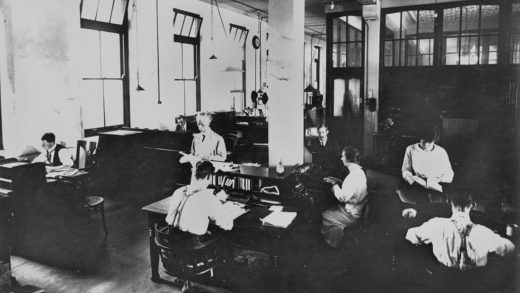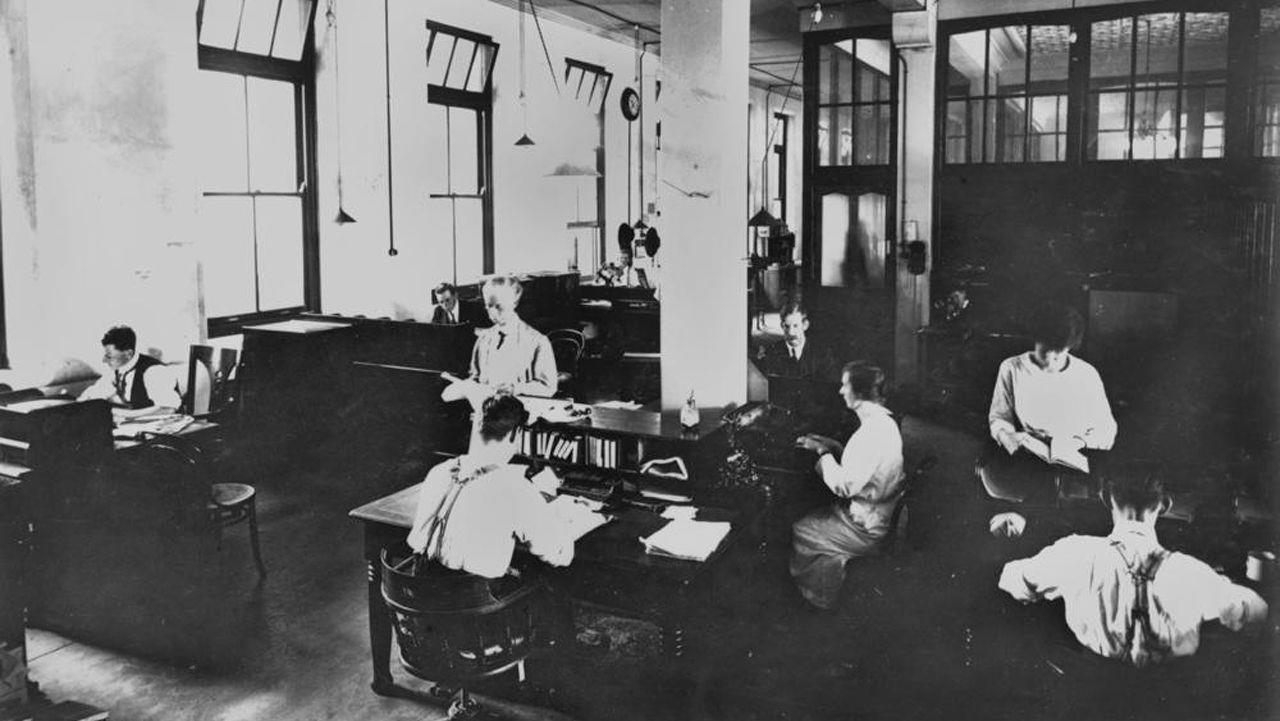3 Ways I Had To Adapt My Management Style For An Open Office
Love them or hate them, open floorplans aren’t going anywhere soon. And while the research is still coming in on whether office design directly impacts productivity, managers are still faced with redesigning their attitudes in order to keep their teams working effectively, not just their architecture.
I found this out firsthand when my agency moved from its traditional office layout in Philadelphia’s famous Wanamaker Building to our current address a few blocks from City Hall, with high ceilings, great views, and zero private offices—not even for myself. Here’s how I’ve learned to switch up my management style to accommodate our new digs.
1. Don’t Be The Noise Police
It can be hard at first to think of noise as a design element, not a distraction. And it took me a while to pick up on this. Our office isn’t constantly noisy, though. The conversation comes in waves. One minute everyone will have their heads down, fiercely plugging away on their projects, and the next there will be a lively debate about whether a hot dog should be considered a sandwich. It’s just part of the creative process.
But even so, there’s often a strong impulse to stand up and say, “Hey everyone, can you keep it down?” It’s important to resist that impulse. That type of noise policing risks squandering the psychological safety that’s been shown to build strong teams. Even if you say it once, it can create a chilling effect on the type of collaboration leaders should be encouraging.
I’ve also had to train myself to understand that not all casual conversation is necessarily unproductive. We’ve found that impromptu brainstorms and mini focus groups yield answers and solutions faster than pulling everyone away from their desks to hold a meeting for the same purpose. It can be incredibly efficient to stand up and say, “What does everyone think of this?”
Often, the spontaneity and informality that comes from working out in the open is a great way to show that everyone’s ideas count.
2. Give Employees Space
According to some experts, some of the best ideas come from a combination of groupthink and solitary focus. It may seem obvious, but the challenge for leaders is to resist dictating the times and length of each type of thinking and to instead let people to collaborate on their own terms.
A year ago, we extended our office, essentially putting half our team on the east side of our building, and the other on the west side, with meeting spaces in the middle. Despite being only a short walk from each other, we found that people on either side would go days without seeing each other. All of a sudden, it was like everyone’s institutional knowledge was halved because we weren’t learning from each other’s work anymore.
But I didn’t realize this disconnect was forming until my team members alerted me. As CEO, I was aware of all our clients and the great work we were doing, but most employees didn’t have that broad perspective on the enterprise—they were down in the trenches. I took it for granted that everyone was on the same page about our progress as an agency, but learned that even just subtle changes can completely change the flow of information.
Soon after I caught on, I began holding regular team get-togethers, even when that might’ve seemed pointless since we were all working in the same open space. We now have a weekly staff breakfast where we informally talk about everything we’re working on, successes and challenges we’ve seen lately, and just the general direction of the firm. You’d be surprised how much great work you don’t even know is happening all around you, even though it seems like you’re hearing about it all the time.
Ultimately, I’ve learned, the key for leaders is to keep an open mind, not just an open office.
Hugh Braithwaite is the founder and president of Braithwaite Communications, an independent marketing and branding firm based in Philadelphia. An expert on crisis communications and corporate storytelling, he is also a guest lecturer at the University of Pennsylvania’s Wharton School of Business.
Fast Company , Read Full Story
(9)














